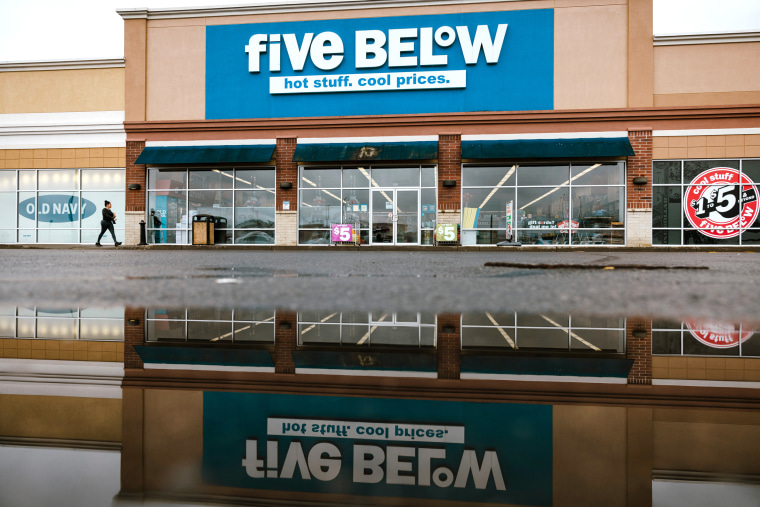Major Retailers Are Reevaluating the Self-Checkout Trend
Many major retailers have embraced self-checkout technology over the past decade in an effort to streamline the shopping experience and reduce staffing costs. However, recent developments suggest that some of these retailers are starting to backtrack on the self-checkout trend.
One of the primary reasons for this shift is the recognition that self-checkout systems may not always provide the convenience and efficiency they promise. While self-checkout machines can be convenient for customers with only a few items, they can become frustrating and time-consuming for those with larger shopping carts. Issues such as unscannable items, payment errors, and the need for staff assistance can lead to delays and aggravation, negating the intended efficiency of the self-checkout process.
Furthermore, retailers are realizing that self-checkout technology may have unintended consequences on customer service and the overall shopping experience. By replacing human cashiers with machines, retailers lose the personal interaction and assistance that can enhance the customer experience. Many customers appreciate the human touch of interacting with a cashier, receiving help with bagging items, and having a pleasant exchange during the checkout process.
Additionally, concerns about theft and loss prevention have been raised in relation to self-checkout systems. Some studies have shown that customers are more likely to engage in dishonest behavior when using self-checkout machines, either intentionally or inadvertently. This poses a challenge for retailers who must balance the desire for convenience with the need to prevent shrinkage and maintain profitability.
In response to these challenges, some major retailers have started to rethink their reliance on self-checkout technology. For example, Walmart, one of the pioneers of self-checkout, has been scaling back the number of self-checkout lanes in certain stores and investing more in traditional cashier-operated checkout lanes. The company has recognized the importance of providing a high level of customer service and aims to strike a balance between automation and human interaction.
Similarly, other retailers are exploring alternative solutions to improve the checkout process without relying solely on self-checkout machines. Some are investing in mobile checkout technology, allowing customers to scan items with their smartphones and pay directly through an app. This approach combines the convenience of self-checkout with the assurance of human oversight, addressing some of the shortcomings of traditional self-checkout systems.
In conclusion, the growing trend of major retailers backtracking on self-checkout technology reflects a broader reassessment of the role of automation in the shopping experience. While self-checkout systems have their benefits, they are not without their challenges and limitations. By recognizing the importance of customer service, human interaction, and loss prevention, retailers can find a more balanced approach to checkout technology that meets the needs and expectations of their customers.
